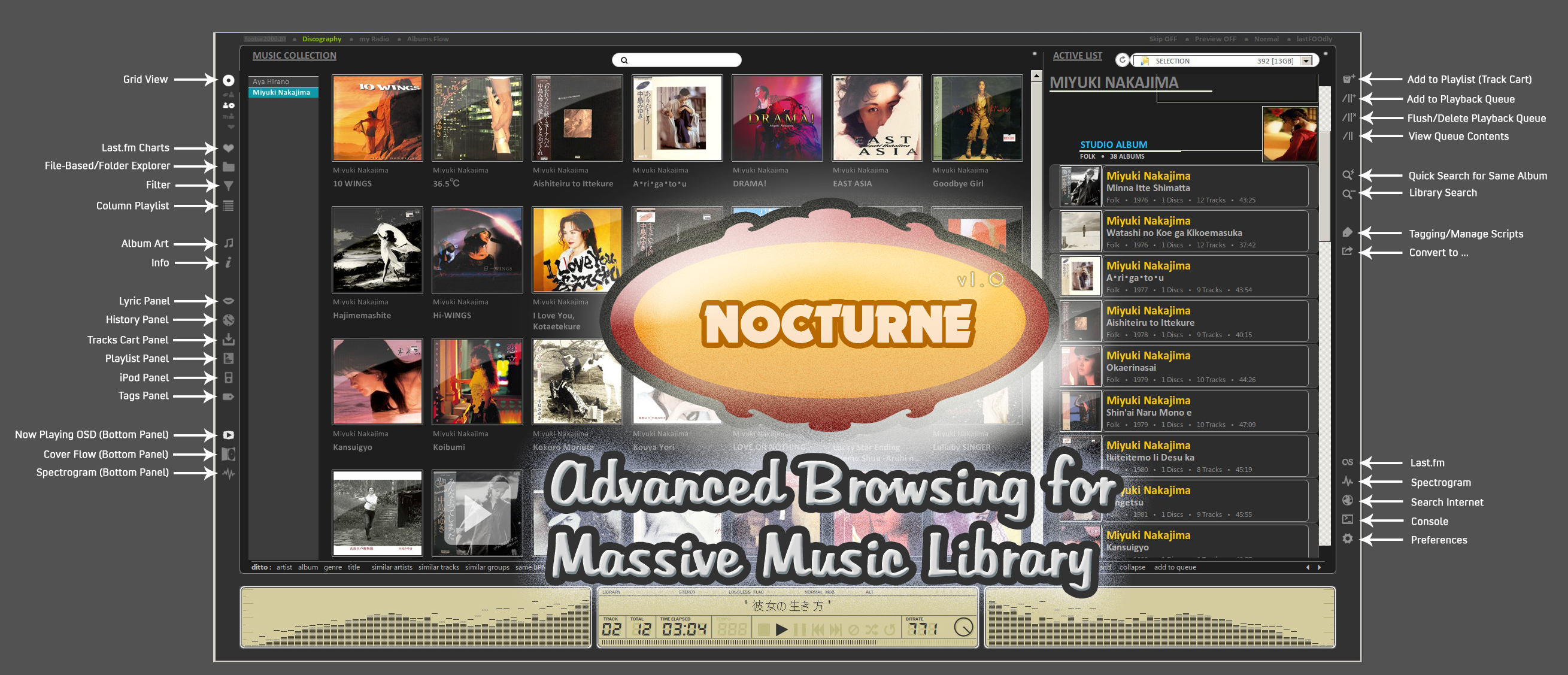As you are a McD user, please login through GAM.Please click here to continue. log in. Only individuals with an authorized user name and password may utilize McDonald's secure web sites and applications. Unauthorized use is strictly prohibited.

Name ☜
Zip it for mac. doveadm-sync - Dovecot's two-way mailbox synchronization utility
doveadm-backup - Dovecot's one-way mailbox synchronization utility
- In game designing, desync is that server issue in which some important real-time movements of the hitbox didn’t get registered in the server or gets registers lately. Let's take this example, This screenshot is taken from spectator mode. The player at the other end got a.
- DSYNC is a Integration software. Learn more about it's pricing, reviews, features, integrations and also get free demo.
Synopsis ☜
doveadm [-Dv] sync [-uuser|-A|-Ffile][-Ssocket_path] [-1fPRU] [-lsecs] [-rrawlog_path] [-mmailbox] [-gmailbox_guid] [-nnamespace|-N] [-xexclude] [-sstate] [-Tsecs] [-tstart date] [-eend date]-d|destination
doveadm [-Dv] backup [-uuser|-A|-Ffile] [-Ssocket_path] [-fPRU] [-lsecs] [-rrawlog_path] [-mmailbox] [-gmailbox_guid] [-nnamespace|-N] [-xexclude] [-sstate] [-Tsecs] [-tstart date] [-eend date]-d|destination
Description ☜
dsync is Dovecot's mailbox synchronization utility. It can be used for several different usecases: Two-way synchronization of mailboxes, creating backups of mails, and convert mailboxesfrom/to different mailbox formats. All of these can be used within the same server or betweendifferent servers (via ssh(1) or tcpconnections). Remote mailboxes can be accessed also via IMAP protocol, which allows using dsync formailbox migration purposes.
You can run dsync in one of three modes:
- •
- doveadm backup performs one-way synchronization. If there are any changes in thedestination they will be deleted, so the destination will look exactly like the source.
- •
- doveadm sync performs two-way synchronization. It merges all changes without losinganything. Both the mailboxes will end up looking identical after the synchronization isfinished.
- •
- doveadm sync -1 performs one-way synchronization, but it merges the changes indestination without deleting anything. This doesn't currently work perfectly, so its use shouldbe limited. Its main purpose is that during mailbox migration you can run doveadm backupmultiple times, then switch mails to be delivered to the new mailbox and run doveadm sync -1once more to transfer any last new mails from the old mailbox.
- The one-way algorithm is the same as two-way dsync algorithm except the source account is notmodified. It fetches the message's GUID (Global UID), which is used to identify any conflictingUIDs in messages. As long as the source and destination side has matching UID<->GUID mapping,those emails are assumed to be synced correctly. Only after the first mismatch will changesbegin.
- Example: Source mailbox has messages UID 1.5; source mailbox is sync'd using doveadmbackup to the destination. Subsequently, UID 6 is delivered to the source mailbox and UID 1 isexpunged from the destination mailbox. In this example, UID 1 is kept removed (in destination)because UID 1.5 have identical Date+Message-ID headers. UID 6 is not seen in destination soit's copied.
- If both source and destination have UID 6, but the messages are different, the headersdon't match and both the messages are kept in the destination but they're given new UIDs 7and 8 just to be sure any client didn't get confused about what UID 6 actually was. Thus,one-way sync begins to quickly diverge from the source mailbox once changes start to occur oneither side; one-way sync should therefore normally only be used within a short period of timeafter a doveadm backup or doveadm sync command was used to synchronize themailboxes.
There are also three different synchronization algorithms:
- •
- Full synchronization (-f parameter) scans through all the messages in all the mailboxes. Thisguarantees that everything will be synchronized, but it's unnecessarily slow for incrementalsynchronization.
- •
- Fast synchronization (default) first attempts to find mailboxes that have changed, andsynchronize only those. This is done by checking the mailboxes' metadata (NEXTUID andHIGHESTMODSEQ). Usually this works fine, especially with one-way synchronization, but if both sidesdo exactly the same number of changes, the metadata may end up containing the same values even ifthe changes were different.
- •
- Stateful synchronization (-s parameter) is the most efficient way to synchronize mailboxes. Itrelies on having the earlier dsync run's state saved somewhere and being passed to the nextdsync run. Based on this state dsync can send only the changes that happened after the previousdsync run. As long as the state or the mailboxes aren't corrupted this algorithm should workperfectly. The replicator process uses this internally to perform most of the synchronization.
The syncing is done as perfectly as possible: an IMAP or a POP3 client shouldn't be able tonotice any differences between the two mailboxes. Two-way syncing means that it's safe to doany kind of modifications in both sides, and dsync will merge the changes without losing anychanges done on either side. This is possible because dsync can access Dovecot's index logsthat keep track of changes. It's of course possible to have conflicts during merging, these areresolved in a safe way. See the dsync design document for more information.
dsync uses the same configuration files as the rest of Dovecot (via doveconf(1) binary). The entire configuration can be changed by giving -cparameter to another configuration file, or using -o parameter to override specific settings. Whenexecuting a remote dsync program it works the same way: it uses its own local configuration.
dsync can be run completely standalone. Imovie 10.1.12 download mac. It doesn't require any Dovecot server processes tobe running, except when using -u parameter to do a userdb lookup from auth process.

dsync can sync either one or multiple users using the -u or -A parameters. For continuousreplication you can use the Dovecot replicator process, which automatically runs dsync whenevermessages have changed.
Options ☜
Global doveadm(1) options:
- -D
- Enables verbosity and debug messages.
- -o setting=value
- Overrides the configuration setting from /etc/dovecot/dovecot.conf and from theuserdb with the given value. In order to override multiple settings, the -o optionmay be specified multiple times.
- -v
- Enables verbosity, including progress counter.
Command specific options:
When the SQL userdb module is used make sure that the iterate_query setting in/etc/dovecot/dovecot-sql.conf.ext matches your database layout. When using the LDAP userdbmodule, make sure that the iterate_attrs and iterate_filter settings in/etc/dovecot/dovecot-ldap.conf.ext match your LDAP schema. Otherwise doveadm(1) will be unable to iterate over all users.

This allows an administrator to execute doveadm(1) mailcommands through the given socket.
Desync Meaning
When neither the -A option, nor the -F file option, nor the-u user was specified, the command will be executed with the environmentof the currently logged in user.
Dsync Pubg
Arguments ☜
- destination
- This argument specifies the synchronized destination. It can be one of:
- location
- Same as mail_location setting, e.g. maildir:~/Maildir
- remote:login@host
- Uses dsync_remote_cmd setting to connect to the remote host (usually via ssh)
- remoteprefix:login@host
- This is the same as remote, except 'user@domainn' is sent before dsync protocolstarts. This allows implementing a trusted wrapper script that runs doveadm dsync-server by readingthe username from the first line.
- tcp:host[:port]
- Connects to remote doveadm server via TCP. The default port is specified by doveadm_portsetting.
- tcps:host[:port]
- This is the same as tcp, but with SSL.
Exit Status ☜
dsync will exit with one of the following values:
- 0
- Synchronization was done perfectly.
- 2
- Synchronization was done without errors, but some changes couldn't be done, so themailboxes aren't perfectly synchronized. Running dsync again usually fixes this. Typically thisoccurs for message modification sequences with newly created mailboxes. It can also occur if one ofthe mailboxes change during the syncing.
- 1, >2
- Synchronization failed.
Example ☜
Synchronization ☜
Dsync(1) - Linux Man Page
Synchronize mailboxes with a remote server. Any errors are written to stderr.
If you need more complex parameters to ssh, you can use e.g.:
Converting ☜
Assuming that the mail_location setting in /etc/dovecot/conf.d/10-mail.conf is setto: mail_location = mdbox:~/mdbox, a logged in system user may convert her/his mails fromits Maildir in her/his home directory to the mdbox mailbox format. The user has to execute thecommand:
If you want to do this without any downtime, you can do the conversion one user at a time.Initially:
- •
- Configuration uses mail_location = maildir:~/Maildir
- •
- Set up the possibility of doing per-user mail location using userdb extra fields.
Then for each user:
- 1.
- Run doveadm sync once to do the initial conversion.
- 2.
- Run doveadm sync again, because the initial conversion could have taken a while and newchanges could have occurred during it. This second time only applies changes, so it should befast.
- 3.
- Update mail extra field in userdb to mdbox:~/mdbox. If you're using auth cache, youneed to flush it, e.g. doveadm auth cache flush.
- 4.
- Wait for a few seconds and then kill (doveadm kick) the user's all existing imap and pop3sessions (that are still using maildir).
- 5.
- Run doveadm sync once more to apply final changes that were possibly done. After thisthere should be no changes to Maildir, because the user's mail location has been changed andall existing processes using it have been killed.
Desync
Once all users have been converted, you can set the default mail_location to mdbox andremove the per-user mail locations from userdb.
See Also ☜
Synchronous
doveadm(1), doveadm-auth(1), doveadm-kick(1), doveadm-purge(1), doveconf(1)
Additional resources:
- dsync design
- http://wiki2.dovecot.org/Design/Dsync
Dsync Definition
CategoryMan
